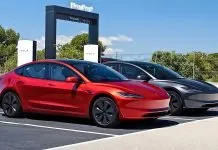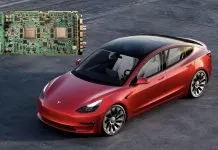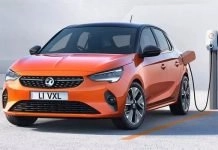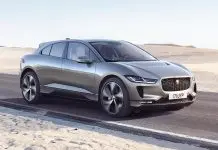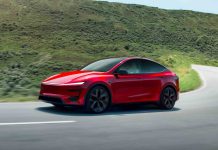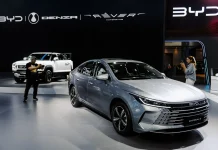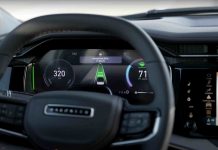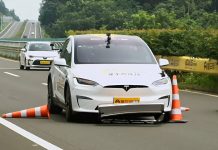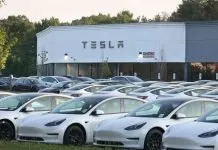The new Tesla’s affordable Model Y has been in the news for several days now. Each day passing, new leaks and rumours are popping out, showing the immense anticipation of the new variant. Recently, drone footage from the Tesla Fremont factory created excitement among EV fans and the automotive press. A prototype resembling a Model Y, albeit with a considerably smaller rear window and a more prominent triangular window, was observed on the test track, renewing speculation about a future, less-expensive variant.
The prototype is also shorter and less sleek in shape than the regular Model Y, especially in the back seat area. Other estimates used are that the body is circa 10 to 20 cm (4 to 8 inches) shorter in overall length. Observers report a smaller rear window and a triangle window- slight design changes that may be used to cut costs and aerodynamic advantages. Unlike existing models with panoramic glass roofs, the roof seems to be covered, or rather, metal, which indicates that some cost-cutting procedures have been put in place.
Tesla has been teasing the idea of launching cheaper models, previously codenamed NV91 and NV92, which were previously discarded in favor of drawing on the current Model 3 and Model Y lines. CFO Vaibhav Taneja even verified that the manufacturing of cheaper models- based on the design of Model 3/Y – will begin toward the end of June 2025. In the meantime, VP Lars Moravy has made it clear that the models about to enter the industry will have the same shape as the vehicles introduced nowadays, utilize the same assembly lines, and be affordable.
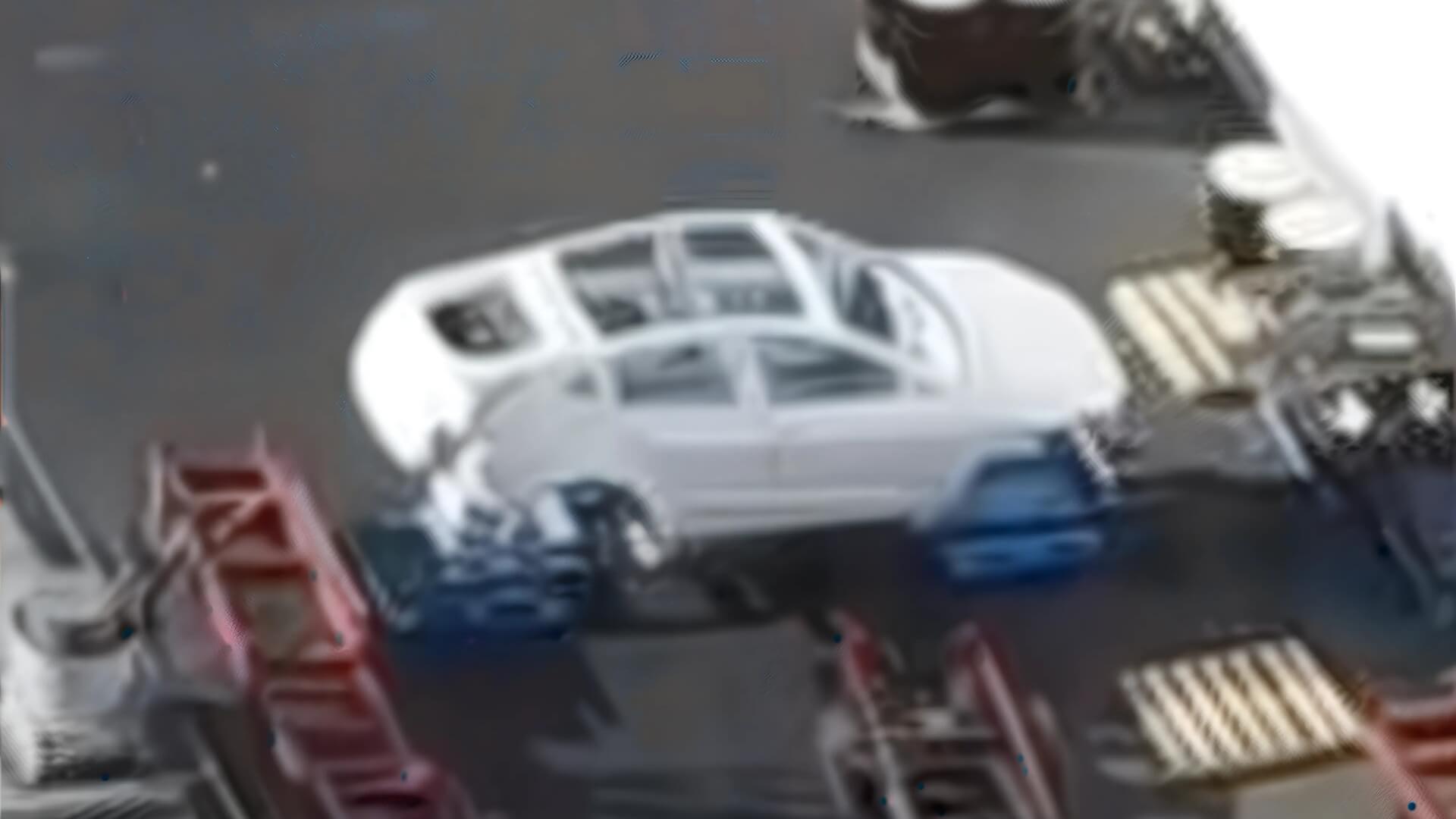
Reduced Battery Size, Lower Entry Price
The new model Y variant is also expected to come with a 50 kWh battery, which is quite a significant decrease compared to the existing Standard Range, 62.5 kWh. The downsizing is likely to render Model Y accessible to more customers. Although Tesla has yet to officially release the pricing, industry analysts anticipate a significant reduction in the base price, and the model may turn out to be one of the cheapest Teslas available.
Battery packs are one of the most costly components of EVs, and minimizing physical size can save a lot of money. Tesla seems to be willing to take an intelligent gamble by compromising range a little bit so that it can reduce the overall price of the vehicle.
In spite of the smaller battery sizes, the new Model Y still lists a CLTC (China Light-Duty Vehicle Test Cycle) range of 480 km. This is a good number considering the relaxed testing standards of China, but when converted to the more demanding EPA testing cycle utilized in the US, it works out to 240-250 miles. In Europe, it is estimated that the WLTP (Worldwide Harmonized Light Vehicles Test Procedure) rating is about 370380 km.
These range figures are competitive for commuting every day and for going on short trips, especially to customers who are mostly urban or already have a second vehicle in the house. As a point of comparison, the Standard Range Model Y now has an EPA-rated range of approximately 260 miles on a 62.5 kWh pack, showing once again that Tesla has managed to make improvements to efficiency even when using a smaller battery.
What This Means for the EV Market
Tesla has yet to officially announce prices or launch dates, but the stripped-down features suggest that it could be producing a model much cheaper than anything currently offered by Tesla.
As the world is fast adopting the usage of electric vehicles, there is also an emerging trend of affordability becoming a significant factor when deciding on an EV purchase. By launching a cheaper, but stripped-down version of Model Y, Tesla would introduce the company to a wider audience, which values the basic, improved performance and the range more than the luxury features.
The plan resembles the one used by Tesla in the case of the Model 3, which was also launched as a low-cost Standard Range Plus product after the luxury version was released.




